Do You Really Know Your Sewing Machine on the Inside?
Do you really know your sewing machine on the inside? I realized this fall that after sewing on a few different BERNINA sewing machine models (B 580, aurora 440 QE, and activas 210 and 220 in the classroom) I needed answers to some simple but important questions about my favorite sewing machnines.
Most pressing of all those questions:
- Should I really get my relatively new machine serviced?
- Where exactly should I oil my machine?
- How often should I oil it?
During a chance encounter with my local BERNINA dealership, Nutall’s Sewing Center, while attending the Sewing Summit here in Salt Lake City, I arranged to spend a few hours with their most experienced and skilled technician, Mr. Dave Martin.
Mr. Martin started sewing as a child under the tutelage of his grandmother, and co-owned a technical sewing business for 14 years before gaining training from Nutall’s Sewing Center to become a certified BERNINA technician. Mr. Martin’s work centers mostly on the mechanical, although with the advent of computerized sewing equipment he is also involved in testing a great number of electrical circuits. He also handles the software updates required for the newer models.
Servicing a sewing machine can appear cost-prohibitive, with the service costing between $80 to $90 for appointments that can vary in length from 30 minutes to 4 hours. I was assured that for this fee your sewing machine should feel and sound like new once again!
When the sewing machine is first brought to Mr. Martin’s workbench, the software is checked for updates. My B 580 software had never been updated as I had no idea this was even an option!
With this step out of the way, the mechanical checks and cleaning start. The machine’s outer casing it stripped completely to reveal a really different look! All metal parts and electronic boards. See for yourself:
One of the reasons for the “don’t try this at home” warning is the potential for electrical discharge on the computer components. The technician always wears a grounding bracelet while manipulating the machine in this state. Trying this yourself will void the warranty; so will letting you hubby take a peek inside!
Although Mr. Martin went through many complex steps, he made sure to point out those that we should all take at home. I never realized how important it is to oil the moving components both at the top along the needle shaft and at the bottom (bobbin). It is easy to stop after cleaning lint out of the bobbin area and forget to oil.
Following the pictures you can oil the moving gears at the top of the machine. This will require you to remove the upper casing using the tool provided with your presser feet and accessories. Oil the gear/joint as well as the shaft.
Note: Mr. Martin has removed the whole cover of the machine in the photo; you will only remove the section of the cover on the left end of the machine, and only if recommended for your sewing machine model (see your owner’s manual).
For the bobbin area, make sure to oil the hook of either the oscillating or rotating mechanism. In the photo you see a rotating mechanism in the technician’s hand. The BERNINA 580 uses an oscillating movement that remains fixed; you will therefore need to reach with the oil inside the feed dog area to find the hook of the mechanism.
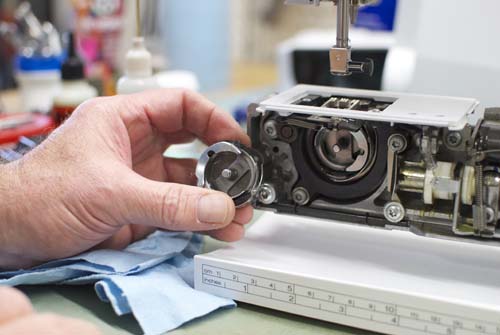
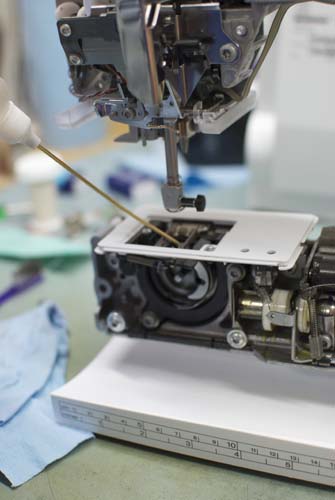
The hook is the point that grabs the thread. This sharp area can often come in contact with the needle, creating grooves and pits on the hook; these in turn can result in snagged threads. Mr. Martin polishes the hook with the finest of sand paper and renders it smooth again.
Once cleaned with compressed air and oiled, the machine is assembled back together and the outside casing wiped with a variety of household cleaners.
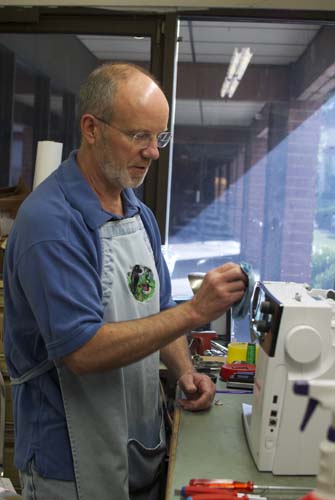
The tension is tested for balance – especially in the zig-zag position – and then it is ready to perform at peak levels again. My B 580 was positively purring after taking her turn on the bench, and I left with a new found appreciation for the work BERNINA technicians put into keeping our sewing machines in tiptop shape for years to come.
Quick Tips
- Have your machine serviced at least once a year. Summer is best, as most people get theirs serviced right before the holidays.
- Remove the lint in the feed dog and bobbin area often, even during a project if you are using minkee or another fraying fabric. Remember that lint absorbs the oil necessary for the bobbin to move smoothly.
- Oil the moving mechanism often.
What you might also like
5 comments on “Do You Really Know Your Sewing Machine on the Inside?”
-
-
Several people are having this problem – we’re looking into it and hope to resolve the issue soon. Jo
-
-
Love Dr. Dave…..I has always been so helpful teaching me about my machines
-
Very interesting article and pictures.
Thank you -
Bernina B335. My thread broke off inside the machine, nothing to grab to pull it down, and it broke off again when I tried to pull it up. Yes, I know not to pull up, but there was no thread below the housing. I tried rethreading to see if I could finish altering my swim suit, but thread broke again. This time there was ‘just’ enough to hold to pull down, but it still breaks thread if I try to sew. Is there a way to open the left side so I can get to the broken thread?
Leave a Reply
You must be logged in to post a comment.
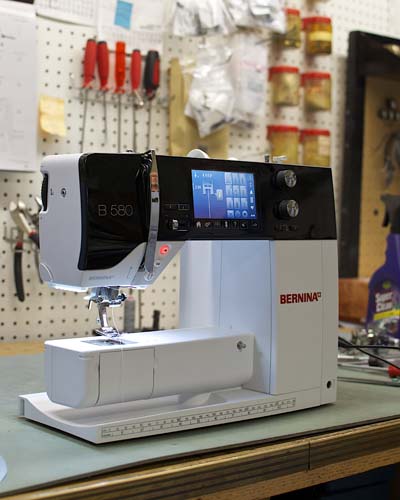
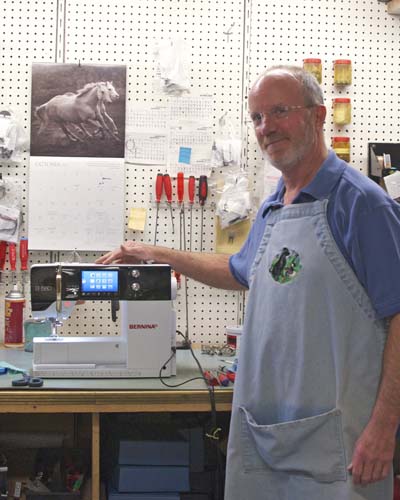
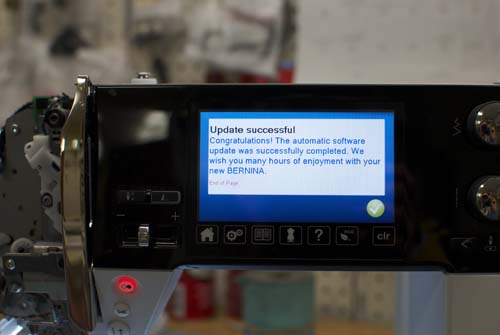
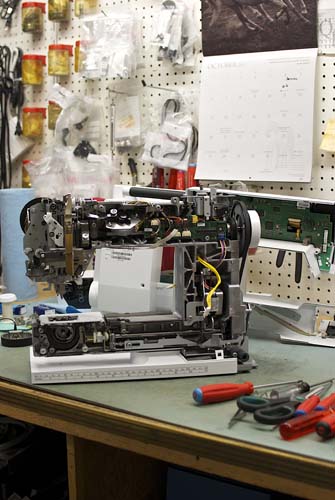
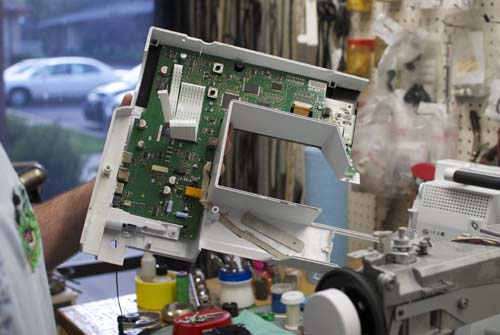
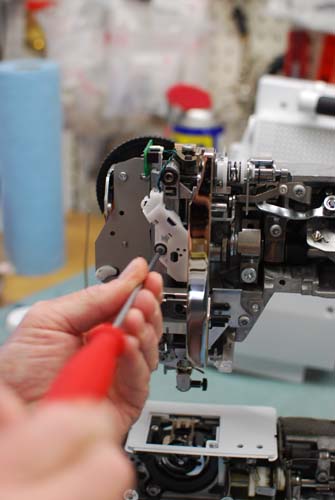
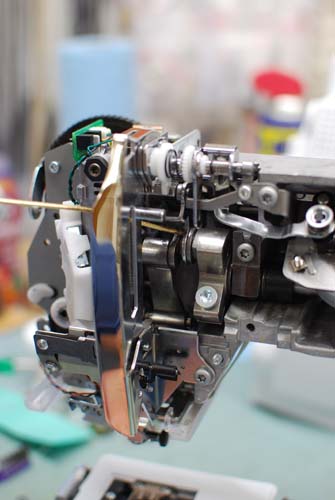
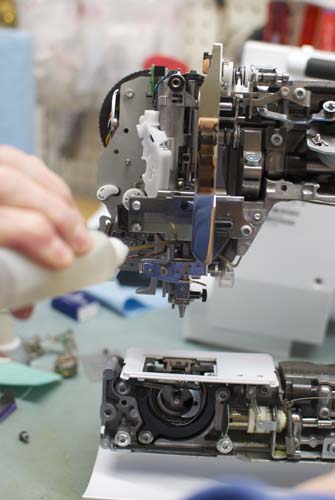
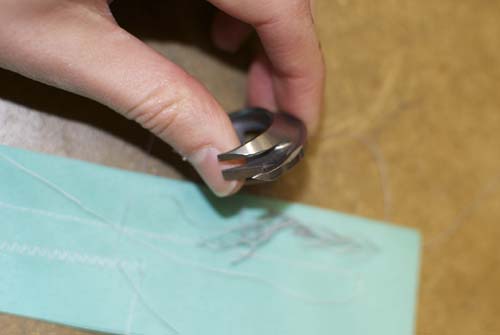
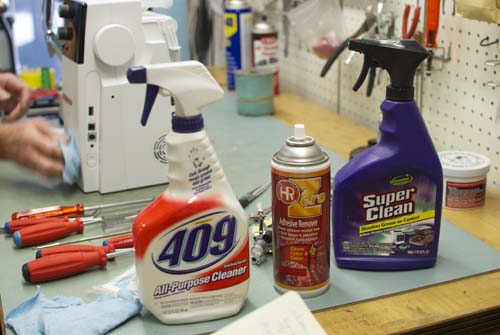




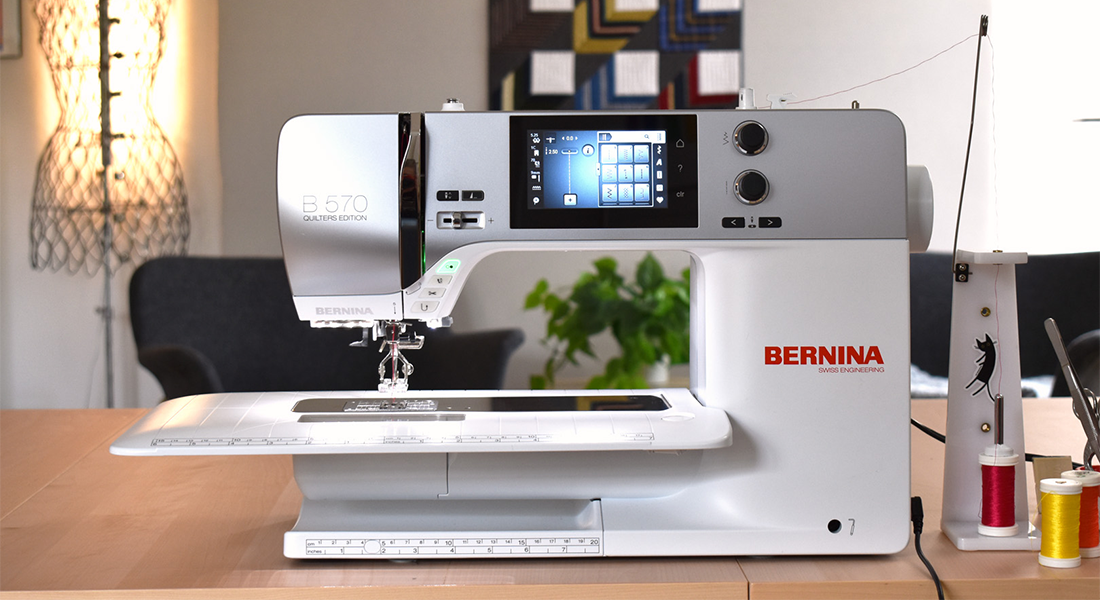
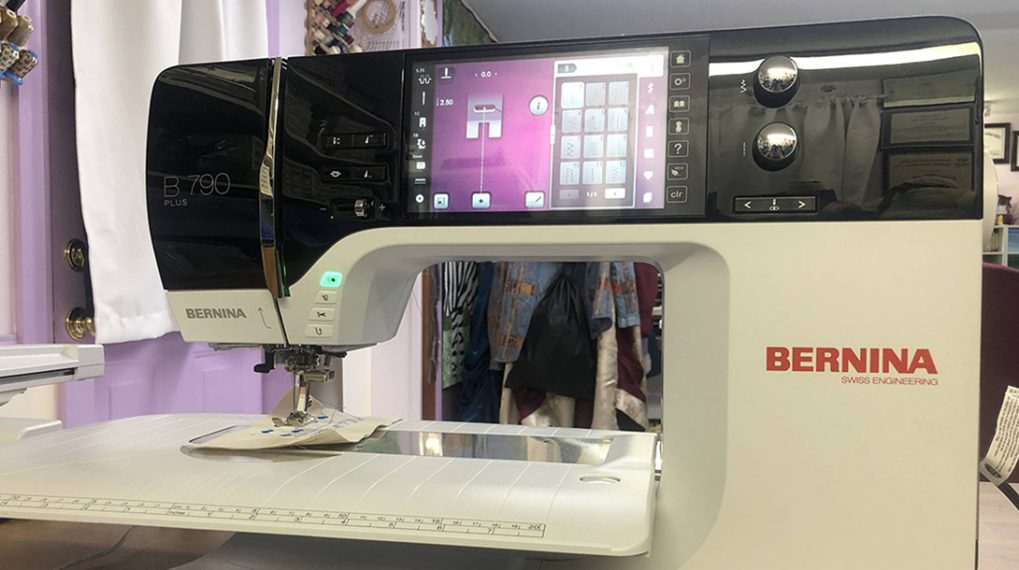

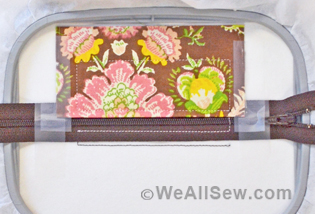
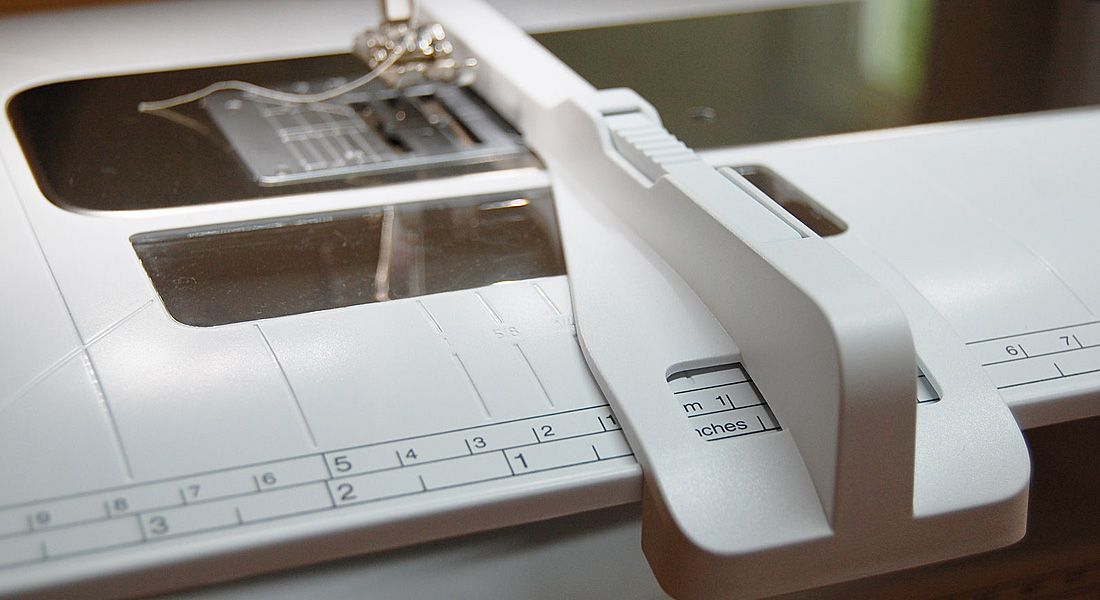

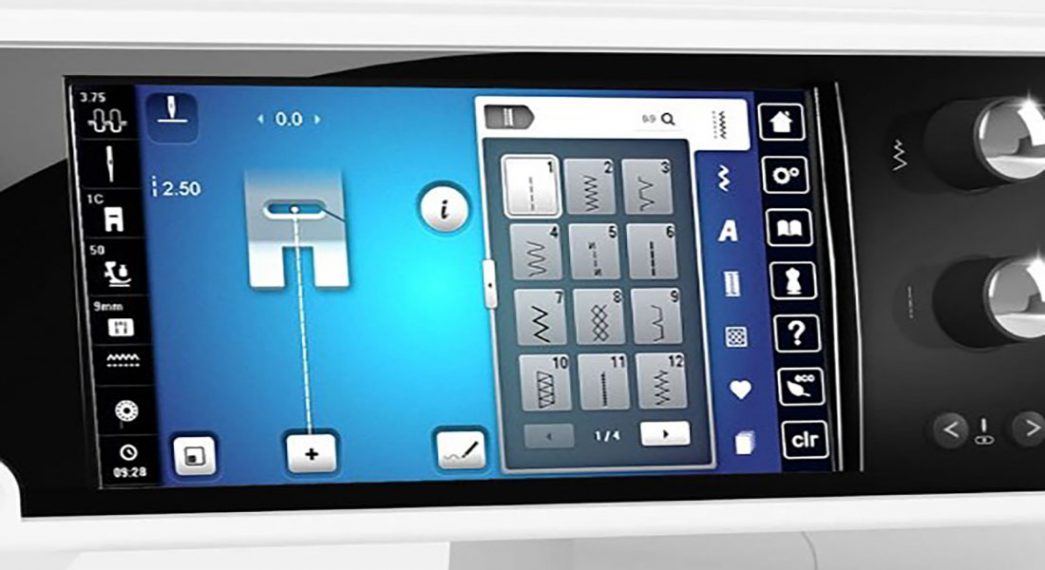
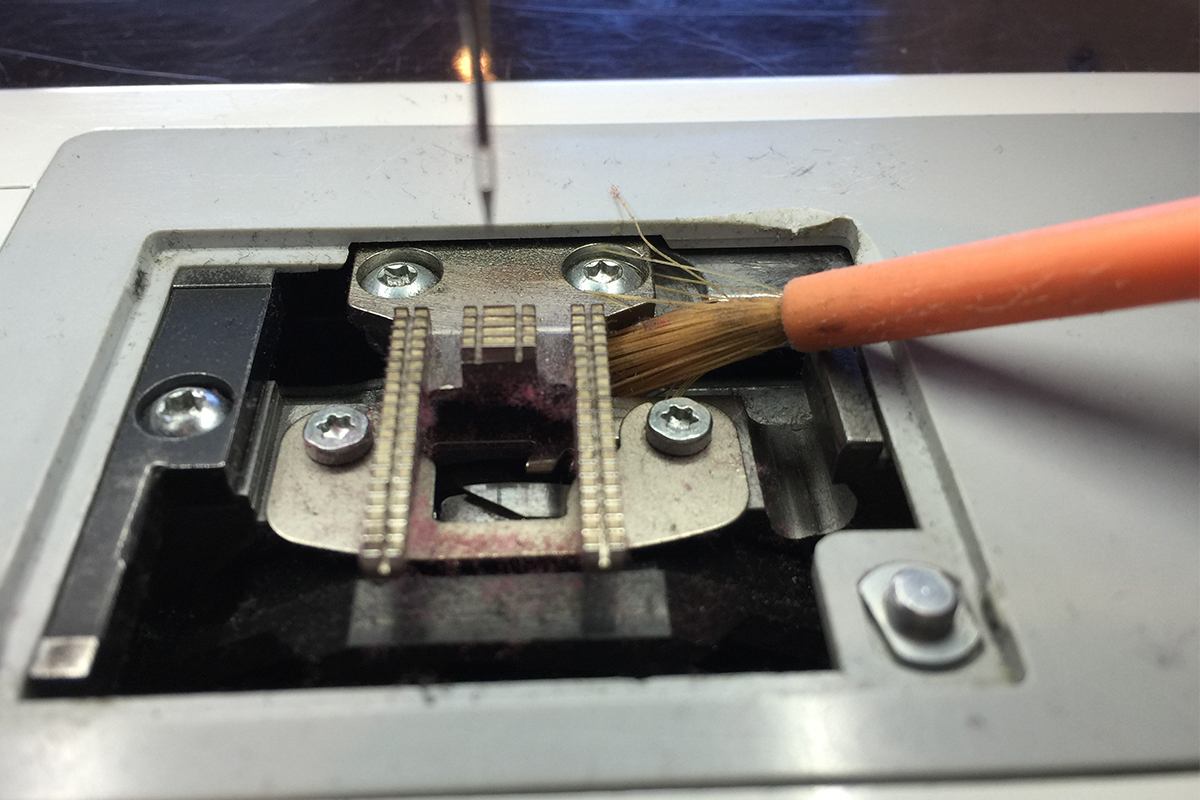
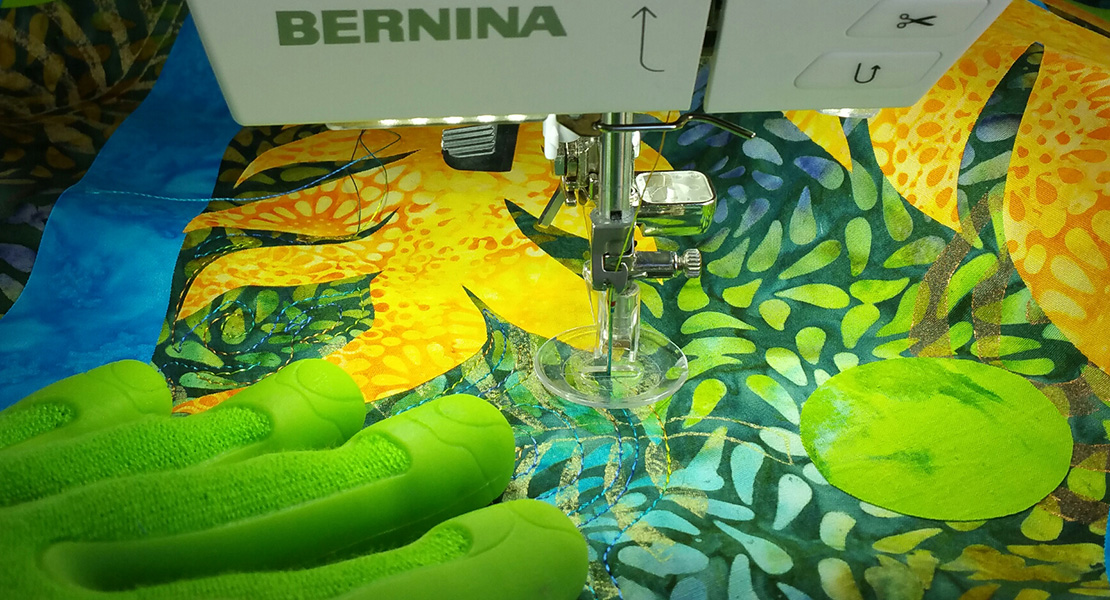
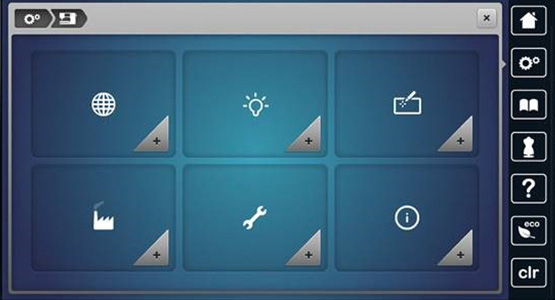
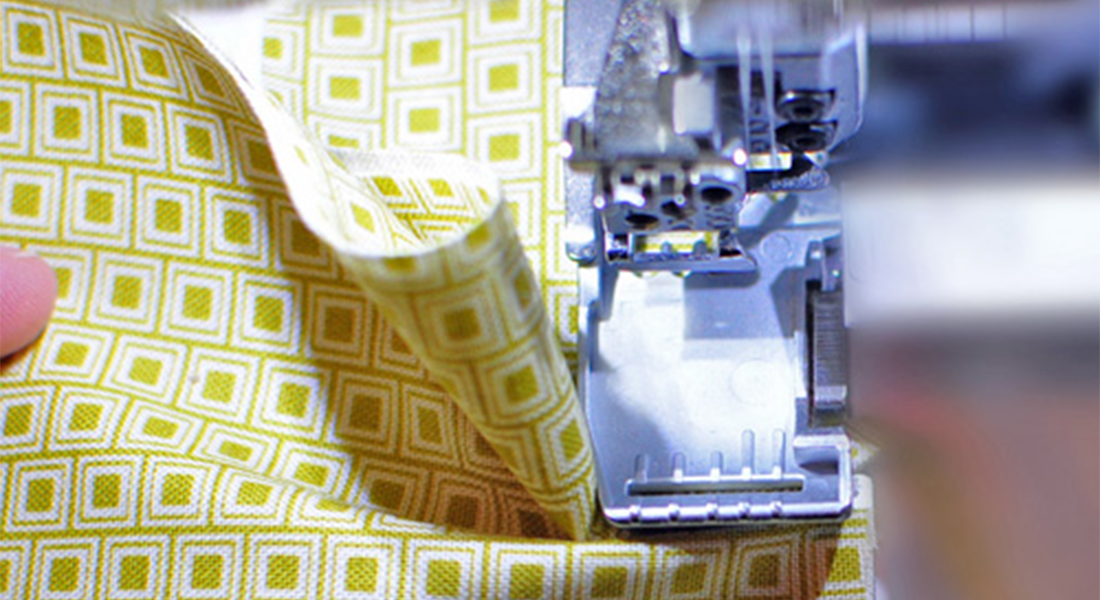
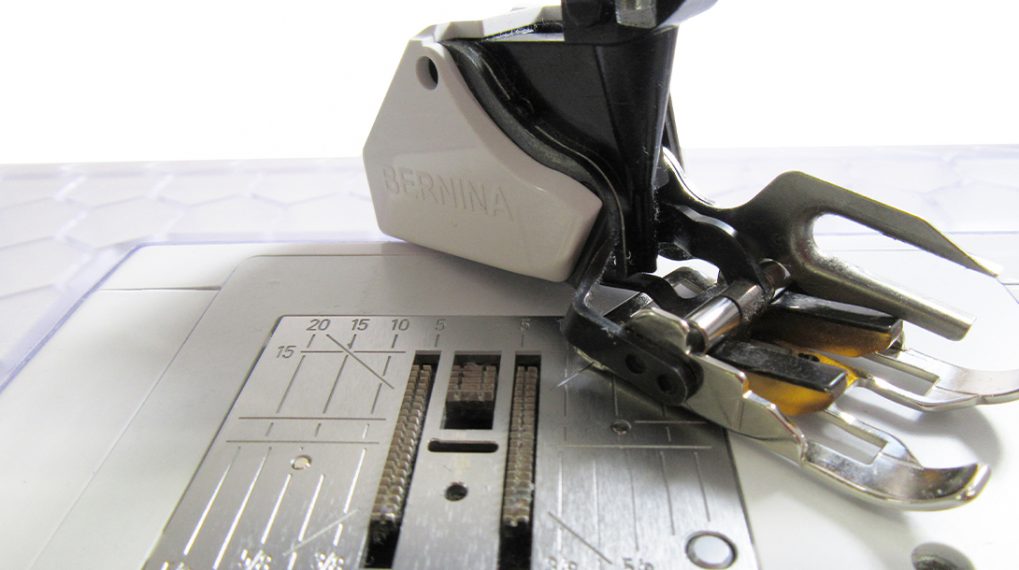
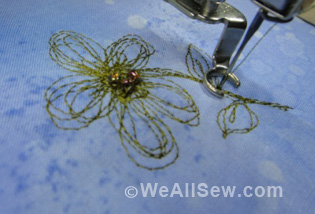
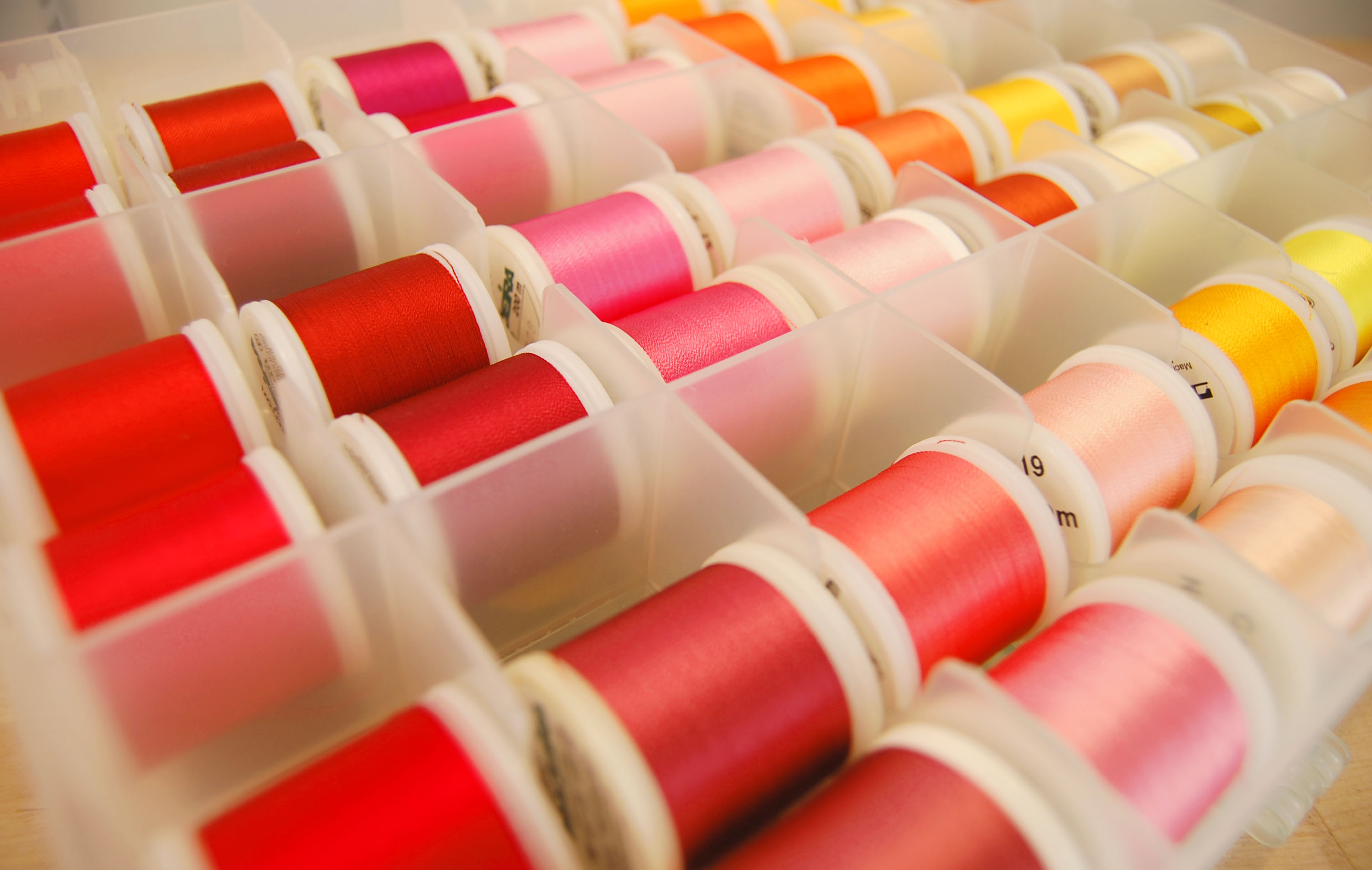

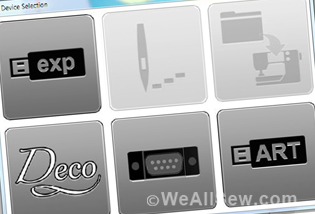
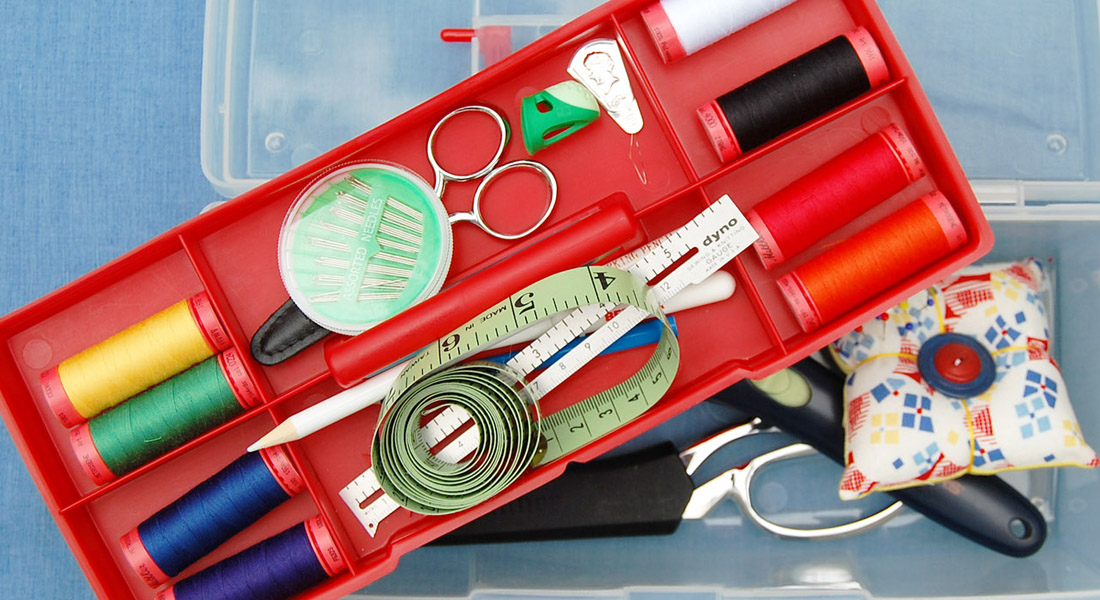
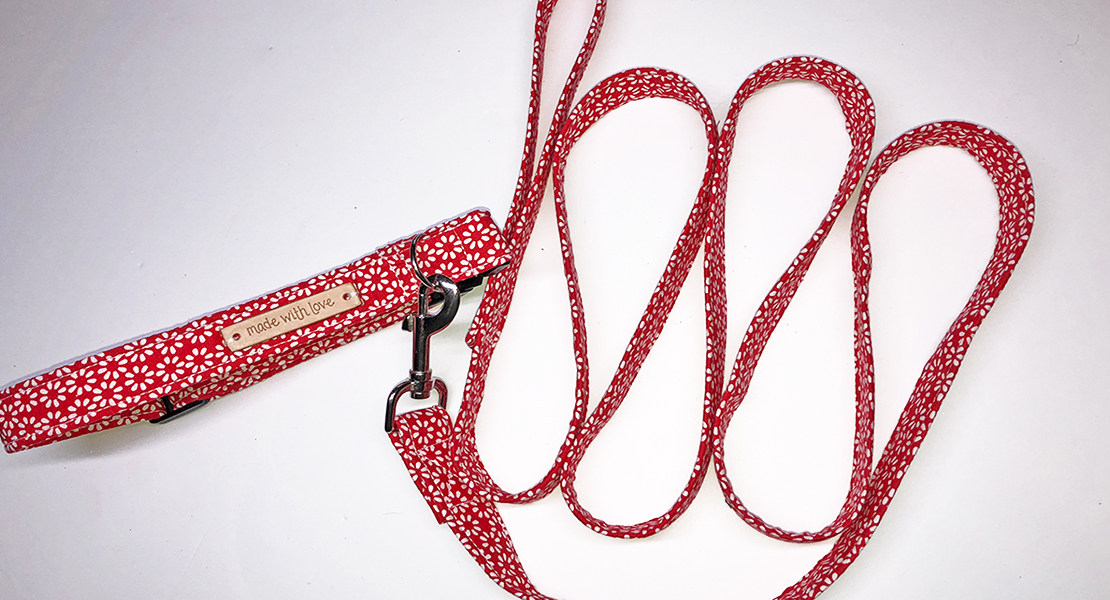
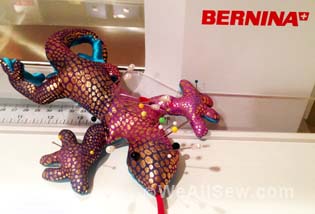
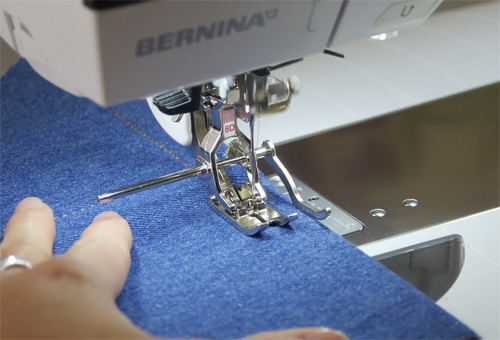
The only projects that I get is the ruffle projects. All three posts.